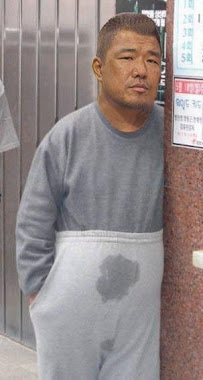Real Sailor Moon
Sailor Moon (美少女戦士セーラームーン, Bishōjo Senshi Sērā Mūn?, officially translated as Pretty Soldier Sailor Moon) is the title of a famous media franchise created by Japanese manga artist Naoko Takeuchi. It is generally credited with popularizing the concept of a sentai (team) of magical girls, as well as the general (re-)emergence of the magical girl genre itself.
The story of the various metaseries revolves around the reincarnated defenders of a kingdom that once spanned the solar system, and the evil forces that they battle. The major characters—called Sailor Senshi (literally "Sailor Soldiers"; frequently called "Sailor Scouts" in the North American version)—are teenage girls who can transform into heroines named for the moon and planets (Sailor Moon, Sailor Mercury, Sailor Mars, etc). The use of "Sailor" comes from a style of girls' school uniform popular in Japan, the sērā fuku ("sailor outfit"), after which the Senshi's uniforms are modeled. Fantastical elements in the series are heavily symbolic and often based on mythology.
Creation of the original Sailor Moon manga was preceded by another, Codename: Sailor V, which centered around just one Sailor Senshi. Takeuchi devised the idea when she wanted to create a cute series about girls in outer space, and her editor asked her to put them in sailor fuku. When Sailor V was proposed for adaptation into an anime series, the concept was modified so that Sailor V herself became only one member of a team. The resulting manga series was a fusion of the popular magical girl and sentai genres of which Takeuchi was a fan, making Sailor Moon one of the first series ever to combine the two.
The manga resulted in spinoffs into other types of media, including a highly popular anime, musical theatre productions, video games and a live-action (tokusatsu) series. Although most concepts in the many versions overlap, there are often notable differences, and thus continuity between the different formats is limited.
Read More...




















































